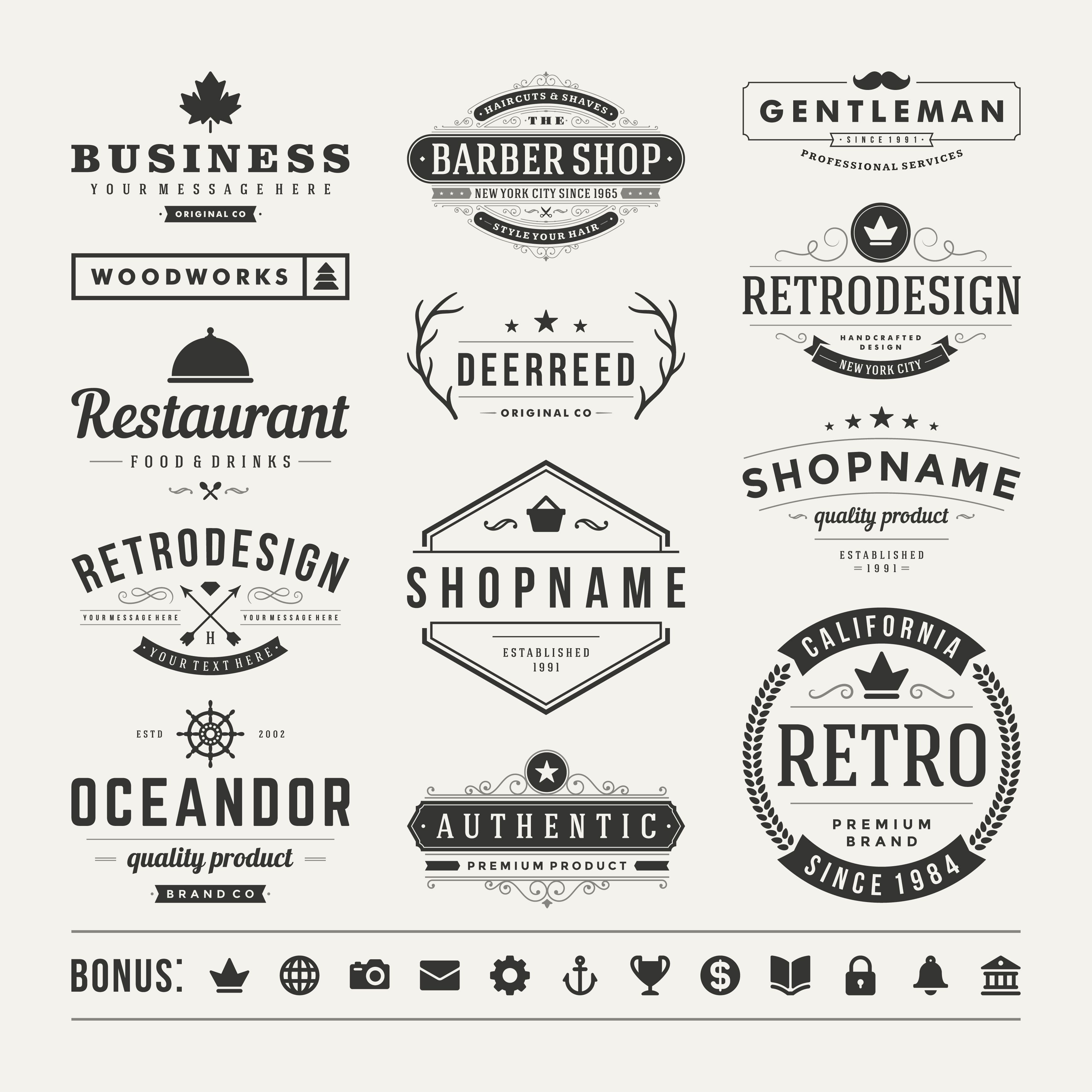How to design a logo: 15 pro tips
by Admin
Posted on 12-07-2023 12:18 PM

How to design a logo isn't something you can learn overnight. It requires a theoretical grounding, design skill, patience and the trained eye that comes from a lot of practice. Designers build up experience working with a range of different clients and going over numerous iterations to develop the skill needed to forge and hone a strong brand identity. The right logo is recognisable and memorable. Combined with the right product, it can become a priceless asset – think of the nike swoosh, the mcdonald's golden arches and the michelin man. But such logo designs don't tend to come about by accident.

http://digitalmarketingvn.s3-website.us-east-2.amazonaws.com/marketing-digital-agency/How-to-design-a-logo-15-pro-tips-187.html
Get a design have you ever seen a big brand without a logo? no? that’s because there aren’t any. A logo has a major impact on how your customers will perceive your brand. So naturally, you want your logo to be outstanding. But how do you get there? don’t fret! this handy guide will teach you everything you need to know to design the perfect logo for you and your business. From defining your brand’s identity and understanding what makes a great logo, to making the right design choices and navigating the design process, read on to learn how to design a logo.
Paul rand, arguably the best graphic designer who’s ever lived and the genius behind logos for ibm, westinghouse, ups, abc and others, said this about logos: “if, in the business of communications, ‘image is king,’ the essence of this image, the logo, is the jewel in its crown. ”that’s a whole lot of power for such a singular piece of graphic design to hold all on its own. Knowing the goal is to create something intended to carry this massive responsibility, graphic designers approach these projects with a mix of thrill, dread, anxiety, fear and pride. Fortunately, there are principles (how many and what they are depend on who you’re talking to) that guide the development of effective logos.
By alice corner , apr 09, 2019 whether you’re a beginner or just in need of a refresh, follow our logo design tips and tricks to help you make really good logos. Logos are really important. They can be daunting to design but are a must for any business and are the cornerstone of any good business brand , or even a personal brand. You want your logo to explain who you are and what you do, why you do it, and how you do it. You’ll include it on social posts, presentation decks, marketing materials, business cards and more. That’s a lot of heavy lifting for one little graphic to do, right?.
Why learn how to design a logo?
There’s no such thing as a perfect logo. Goalposts vary depending on your industry, your audience, and your brand values. However, when you’re learning how to design your logo, there are industry agnostic rules. Make sure your logo design is:
simple: avoid all-singing, all-dancing logos with tons of color and tiny details. An overwhelming logo can put people off and ruin a first impression. Memorable: your logo is often the first thing people will see. Make sure it’s memorable by using stand-out colors and an eye-catching design. Relevant: your logo should reflect your brand personality and values.
 For example, you should avoid childlike fonts for a serious law firm.
For example, you should avoid childlike fonts for a serious law firm.
Graphic designers use a variety of tools to create logos, including vector graphics software such as adobe illustrator and adobe photoshop, as well as drawing tablets and specialized logo design software. Vector graphics software is particularly useful for creating logos that can be scaled easily without losing quality. Drawing tablets allow graphic designers to draw and sketch their logo designs, while logo design software provides tools for quickly creating logos with professional results. All of these tools enable graphic designers to create logos that are both visually appealing and able to communicate a company’s message. According to payscale, an average logo designer earns $60,599 per year.